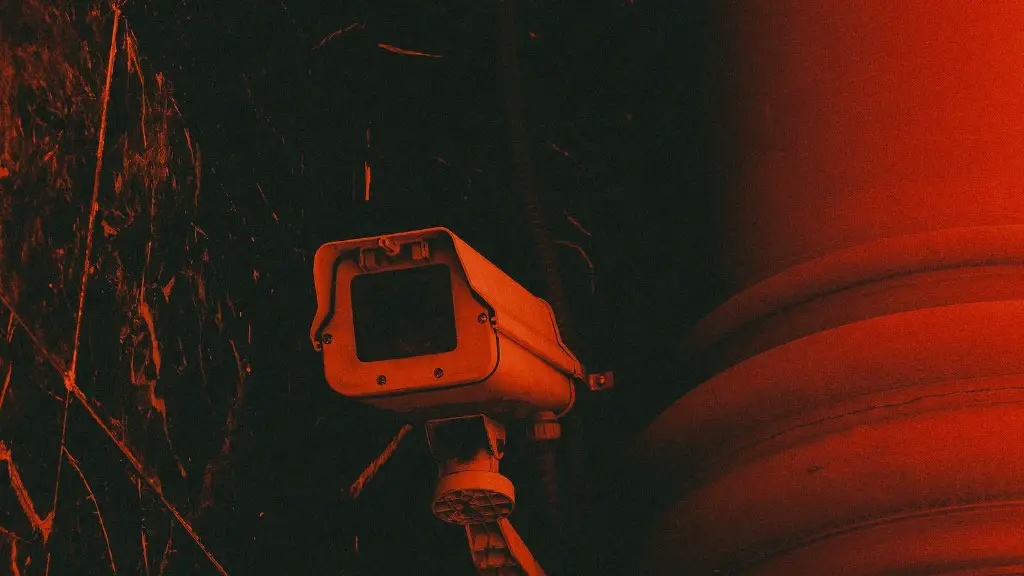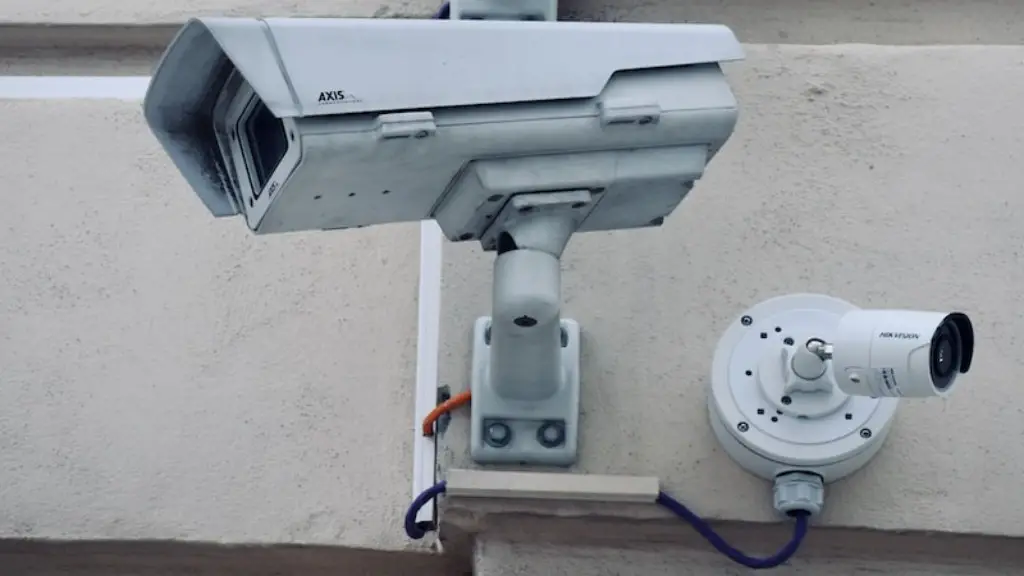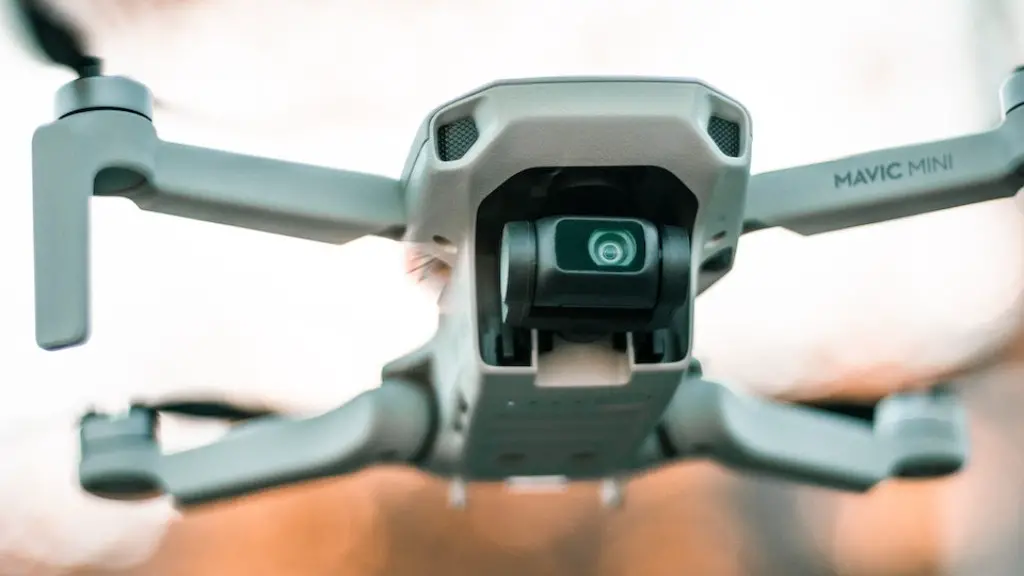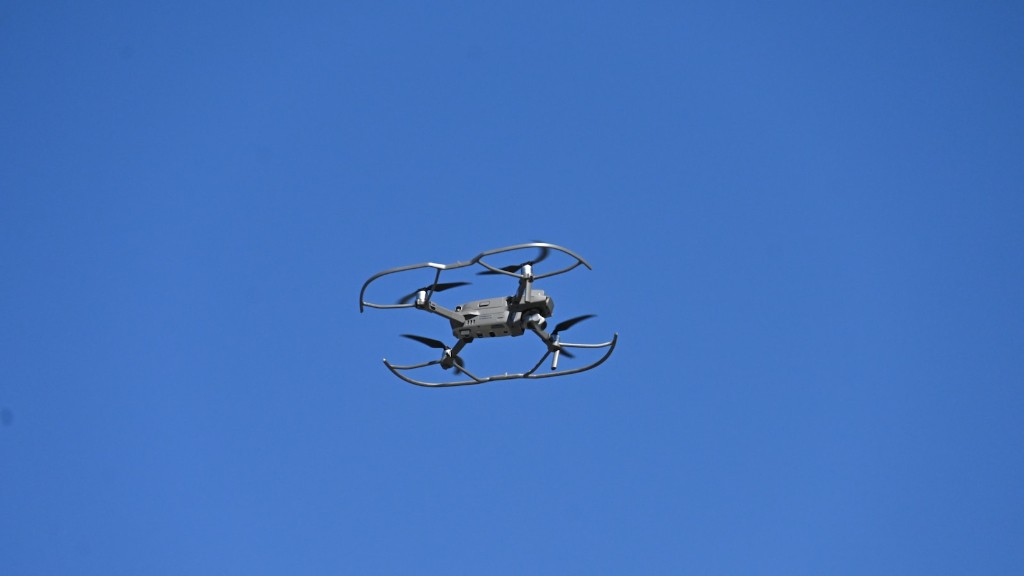The Central Intelligence Agency (CIA) has developed a unique form of protection for some of its most important sources and agents, known as a Safe House. The Safe House is a secure, secret location that is designed to provide a secure area of refuge for personnel who have been engaged in intelligence operations. While the exact details of the Safe House are highly classified, it is known to be equipped with state-of-the-art security measures and amenities.
A Safe House can be located anywhere, from a high-security location like a gated compound to a rural farmhouse. The protection provided by the Safe House is designed to ensure that the person in custody is kept in a secure environment, shielded from potential threats. If the person in custody is important enough, the Safe House may even include features such as biometric access control, surveillance systems and secure communications equipment.
The CIA has long been a leader in developing and maintaining Safe Houses, and they are one of the primary methods used to protect covert agents in the field. Safe Houses are used not only to protect personnel who are actively engaged in intelligence operations, but also those who have been deemed at risk of exposure or capture. As such, the protection provided by a Safe House is often considered invaluable to those who rely on it.
The security measures provided by a Safe House vary widely, depending on the particular situation. Common security measures include video surveillance, audio monitoring, and controlled access. In some cases, Safe Houses may also feature secure storage for sensitive materials and communication systems, allowing the personnel in custody to remain in contact with superior officers while protecting their identity. Such measures not only ensure the safety of the personnel in custody, but also prevent their mission from being compromised by outside forces.
In addition to the physical security measures, Safe Houses may also feature psychological support services. Although the details of such measures are often highly classified, it is known that the Safe House may provide counseling or other forms of psychological interventions for personnel in custody. This support is designed to help personnel cope with their stressful experiences, allowing them to continue to serve their country in a secure environment.
The CIA has long used Safe Houses as a means of providing secure refuge to personnel who are at risk of exposure or capture. By providing a secure location, as well as psychological support services, the CIA is able to ensure the safety of its personnel in dangerous situations. With the use of advanced security measures, the Safe House is able to protect personnel who are engaged in intelligence operations and prevent their mission from being compromised.
Security Measures
The security measures employed in a Safe House are designed to provide a secure environment in which personnel in custody can work safely and securely. These measures may include biometric access control, closed-circuit television cameras, and sensor-equipped locks. The level of security will vary depending on the particular situation and the importance of the personnel. In some cases, the security measures may be as sophisticated as those employed in a high-security facility. Such measures are designed to ensure that personnel remain safe from exposure or capture by outside forces.
In addition to the physical security measures, a Safe House may also feature secure storage for sensitive materials. These materials may include weapons, documents, or other items that must be kept out of the hands of those outside the Safe House. This feature is designed to ensure the security of personnel in custody, as well as the materials that are stored within the Safe House.
The CIA also employs audio and video surveillance in many Safe Houses. This technology is used to monitor the activities of personnel in custody and ensure that they remain safe from outside forces. Through the use of audio and video surveillance, the CIA is able to easily monitor personnel in custody and provide valuable intelligence.
Communication
Communication is another important component of a Safe House. Personnel in custody may be required to stay in touch with their superiors in other locations, yet remain secure from outside detection. To facilitate this, many Safe Houses feature secure communication systems that allow personnel in custody to stay in contact with their superiors while maintaining a secure environment. This feature is invaluable for personnel in covert operations, as it allows them to remain in contact with their superiors without risking exposure or capture.
In some cases, Safe Houses may even feature encrypted communications equipment. This provides an additional level of security, allowing personnel in custody to communicate securely with their superiors without the risk of their conversations being intercepted or compromised. This feature is essential for personnel who are engaged in highly sensitive operations, as it ensures that their communications remain secure from outside forces.
The CIA also employs secure networks for communication between Safe Houses. This ensures that personnel in custody can communicate securely with each other, without being detected by outside forces. By using secure networks, the CIA is able to ensure that the secrecy of operations is maintained and personnel in custody remain safe from capture or exposure.
Support Services
In addition to the physical and communication security measures employed in Safe Houses, they may also feature psychological support services. In such cases, the personnel in custody may be offered counseling or other forms of psychological support to help them cope with the stress of their current situation. This is an invaluable service, as it helps personnel in custody remain focused on their mission and cope with the rigorous demands of their position. Such services are invaluable to personnel in covert operations, as it helps them not only remain safe from outside forces, but also helps them remain healthy, both mentally and physically.
The CIA also employs social workers in some Safe Houses. These social workers help personnel in custody to adjust to their new environment, as well as provide support for any psychological or medical issues they may be facing. This additional level of care is designed to ensure that personnel in custody remain healthy and able to complete their mission successfully.
Finally, the CIA may also provide recreational activities in some Safe Houses. At times, personnel in custody may be afforded the opportunity to participate in recreational activities in order to remain healthy, both mentally and physically. Such activities may include reading, crossword puzzles, or even sports games. Although these activities may seem trivial, they can be invaluable for personnel in custody in providing a release from the tension of a dangerous mission.
Conclusion
The CIA’s Safe Houses are designed to provide secure refuge for personnel who have been engaged in intelligence operations. By employing state-of-the-art security measures, such as biometric access control, video surveillance and secure communication systems, the CIA is able to ensure the safety of personnel in custody and prevent their mission from being compromised by outside forces. In addition, the CIA also provides psychological support services, social workers and recreational activities to ensure that personnel in custody remain healthy, both mentally and physically. As such, the Safe House is one of the primary methods used to protect covert agents in the field, and the protection it offers is considered invaluable by those who rely on it.




